Electric Dolphins
One dolphin species hunts by detecting the electricity given off by its prey.

Diseases spread by mosquitoes plague millions of people. But what if people could make mosquitoes sick instead?
Dolphins heal remarkably well after massive shark bites, and scientists want to know how they do it.
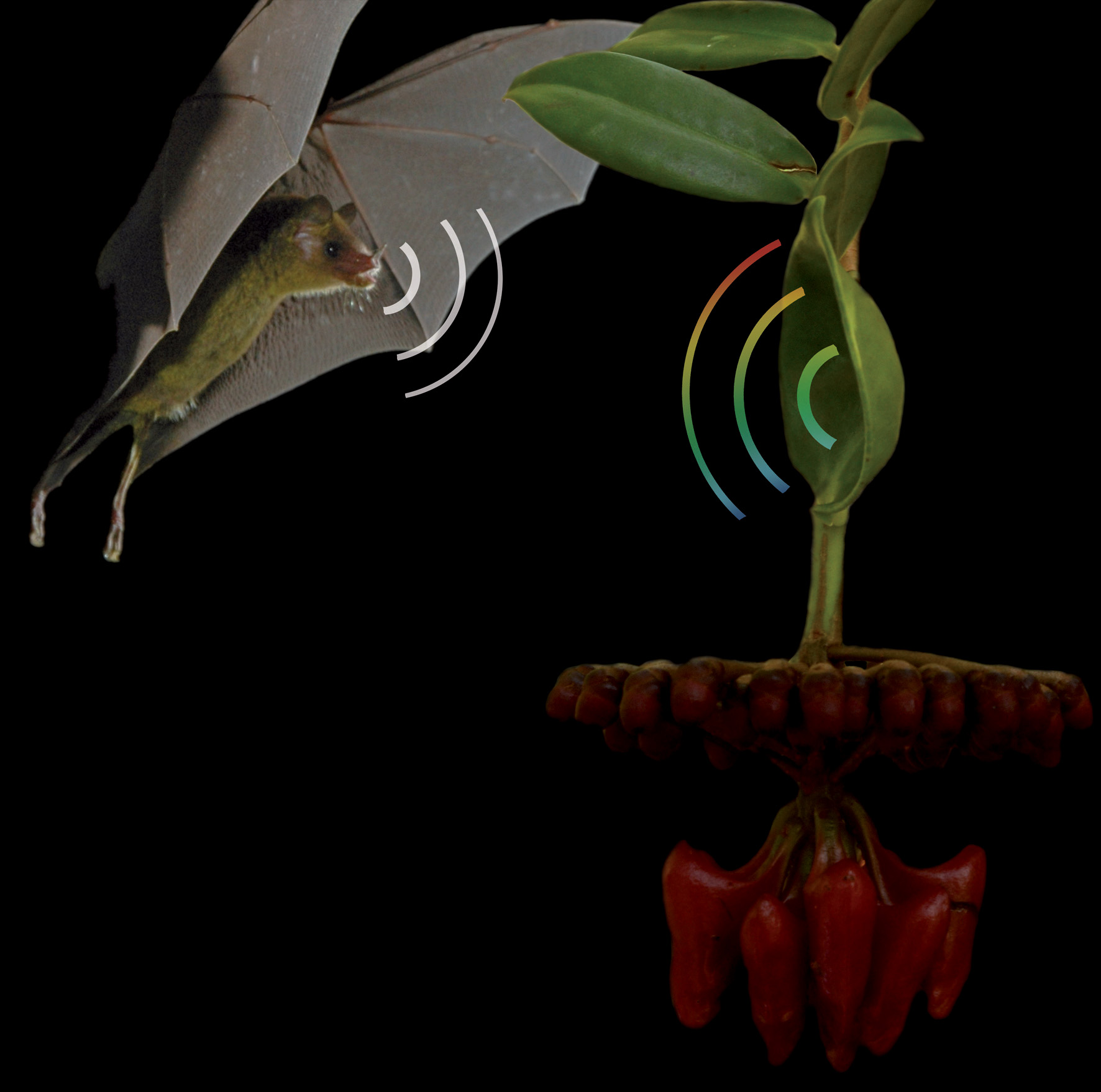
A Cuban plant has acoustically-enhanced leaves that help pollinating bats find it in the dark.
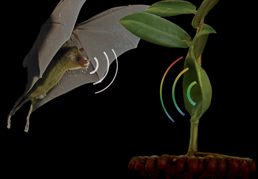
BATS & DOLPHINS: Dolphins that heal themselves, and dolphins that use electroreception in addition to echolocation. Also, How vampire bats find their prey, and how a Cuban plant takes advantage of a bat's ability to echolocate.
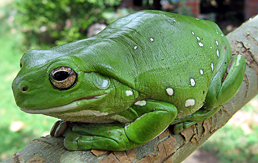
REPTILES & AMPHIBIANS - Fossil anatomy sheds light on whether dinosaurs were warm-blooded, why some lizards are smarter than you think, opossums and snakes locked in a deadly arms race, and why frogs don't lose their grip.
The mating calls of an insect called the water boatman are much louder than expected given the bug’s diminutive size.
A hormone called ghrelin is a key part of how stress triggers mice to seek out fatty food.

THE SCIENCE OF FACES: when pigeons look at us, and the genes behind how we look at faces. Also: what causes hot flashes, determining your age from your DNA, and the hormone behind stress eating.
Some of the world’s most forbidding environments occur right in our own homes, but microorganisms are finding a way to colonize them.
Promiscuity-related genes in finches may exist to exist solely to benefit males.
Using precision instruments, scientists have discovered a second dolphin echolocation signal previously unknown to science.
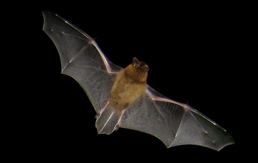
NOISE & NAVIGATION: Bats maneuver in the dark with the help of microscopic wing hairs, researchers expose a dolphin's secret sonar, killer whale ears inspire better microphones, and how a tiny bug with a big sound has eluded biologists for centuries. Also: Do humans have an internal compass?
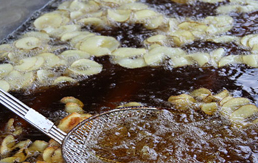
A failing grade for fat substitutes, a master regulator gene for fat, a brainwave that helps control memory, and turning skin cells into brain cells.
Reindeer can detect ultraviolet light with their retinas, which may help them survive dark Arctic winters.
